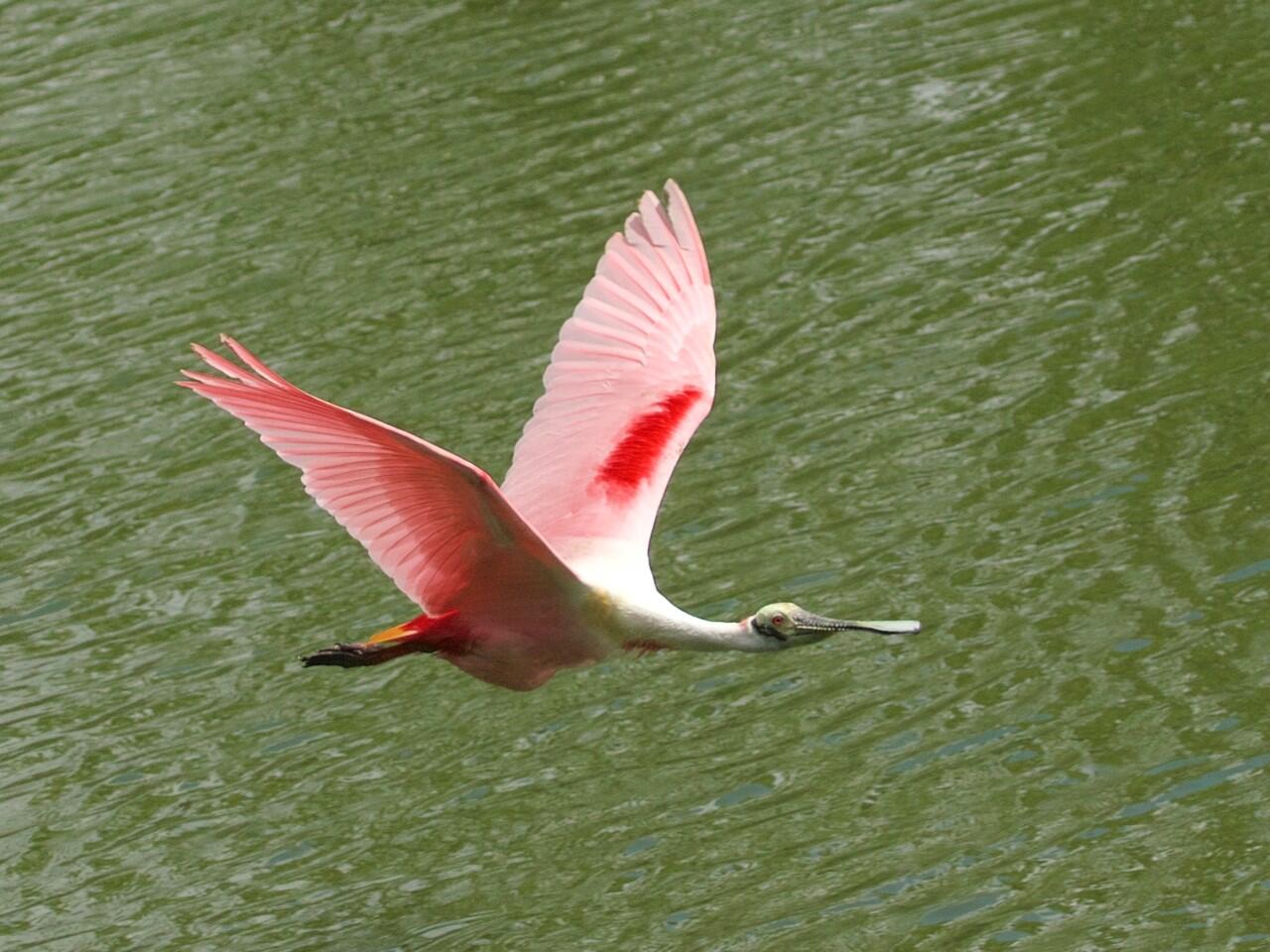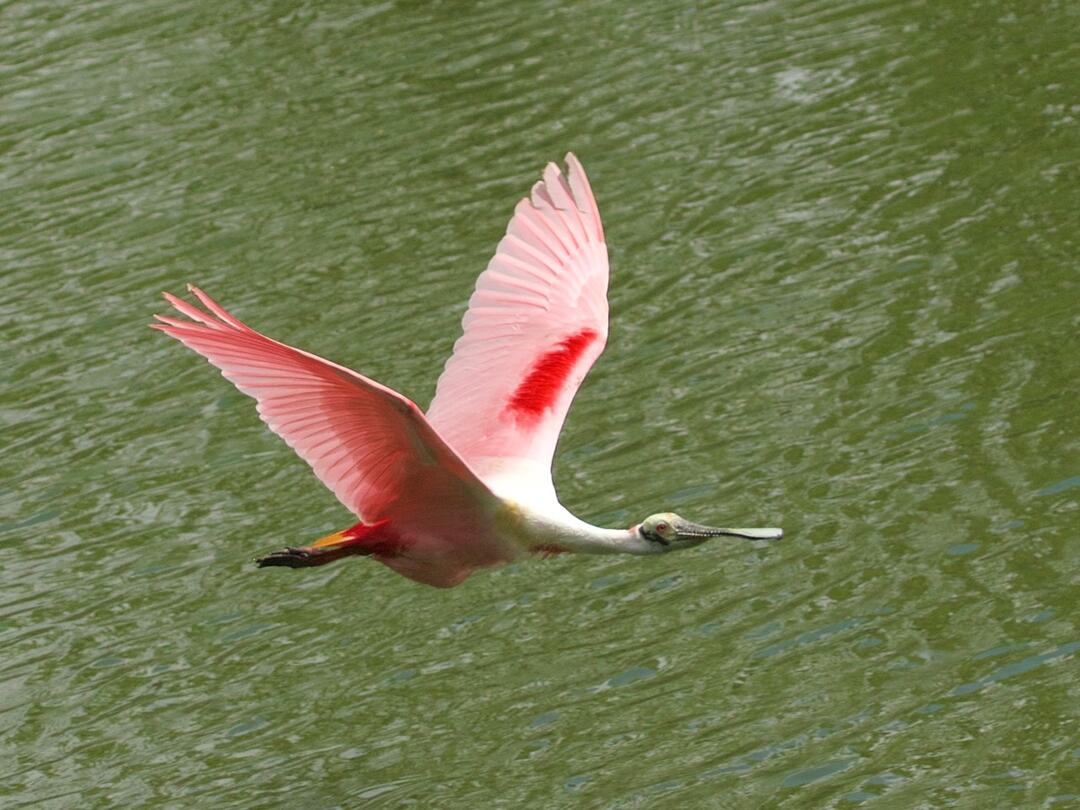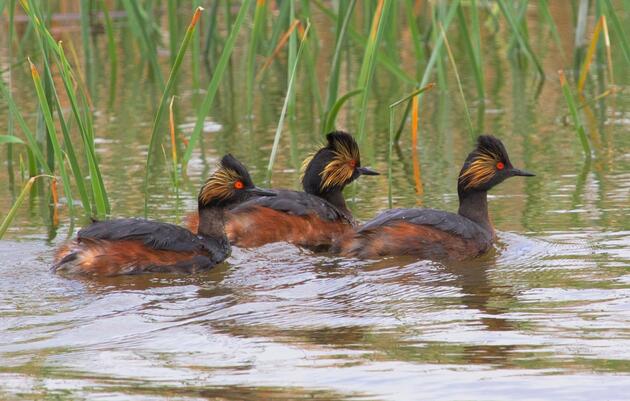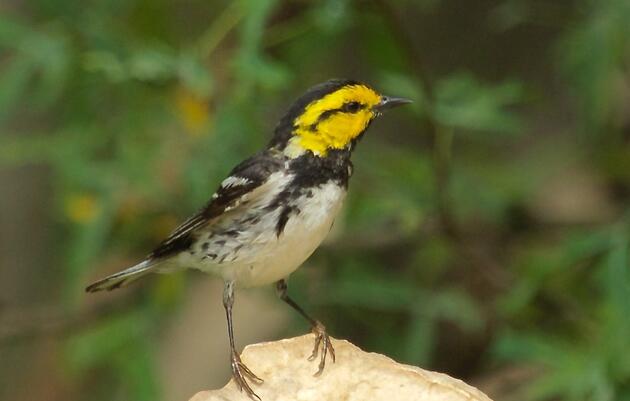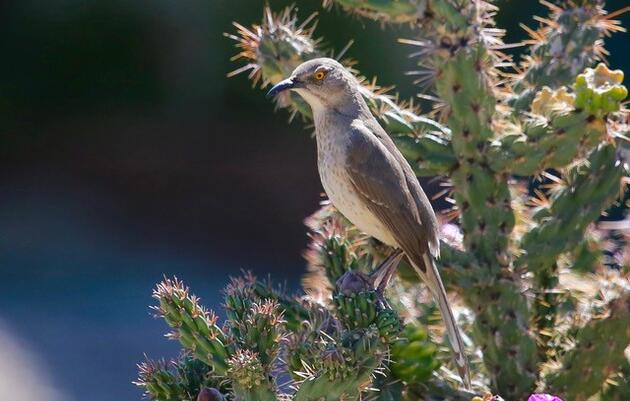By Tom Taylor, Resident Birder, Santa Fe, NM.
In the next few weeks this column will take you on a cyber-tour around the country during the spring songbird migration. This is the fourth column during the COVID-19 pandemic confinement. The tour begins in the southwestern part of the US, where the author resides in Santa Fe, NM. For more than ten years, each spring he has taken at least one photographic outing to another part of the country to follow the arrival of the neo-tropical migrants from Central and South America. The reader can link to other articles in the series using the references on the bottom of this page.
Having journeyed to Port Aransas in the last column, this edition will move further north along the gulf coast of Texas and will include some photo highlights from the region around High Island and Beaumont, TX. Let me mention again that April is the month when millions of migrating songbirds cross the Gulf of Mexico from the Yucatan Peninsula, perhaps flooding the coastline to rest after the overnight flight. But, before concentrating on the ever-fascinating songbirds, I want to briefly mention a couple locations that feature unique wetland species this time of year. The first must-stop is the Roseate Spoonbill rookery at Smith Oaks in High Island. The rookery is located on an island amid extensive wetlands, securing it from predator invasion. The chaotic activity and endless noises of spoonbills, egrets, cormorants and gallinules there can easily be witnessed from several viewing platforms.
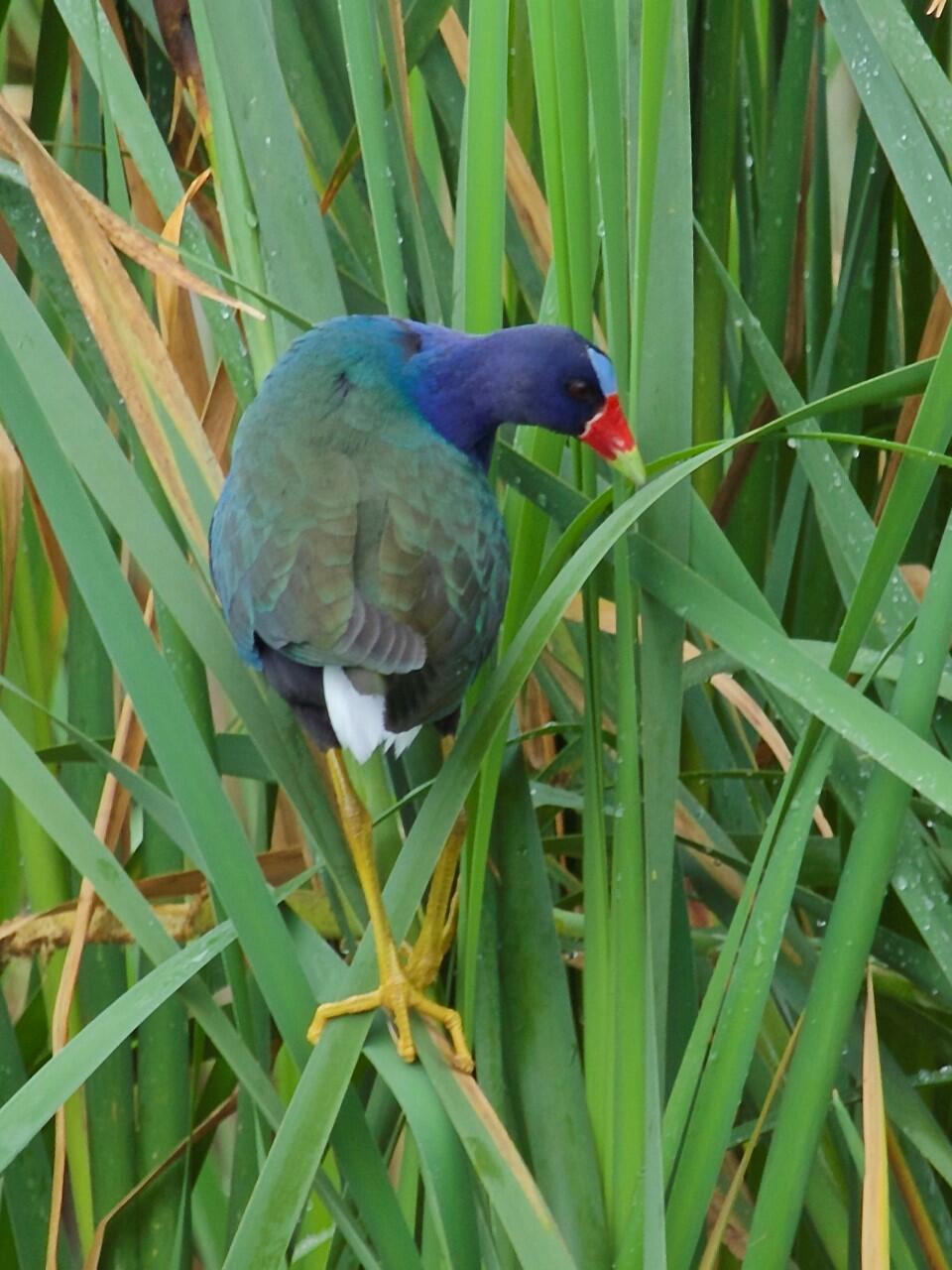
A visitor to High Island must also stop at the Anahuac National Wildlife Refuge that is about a 20 mile drive west of town. The refuge was established in 1963 and encompasses 37,000 acres of marsh and prairie bordering Galveston Bay. A short drive around Shoveler Pond near the visitor center can yield easy observation of numerous waterfowl, including Fulvous Whistling-Ducks that journey there from northern Mexico to nest. Note their distinguishing cinnamon-colored head and white flank lines. In addition, one will find an assortment of songbirds and sparrows, underscored by an occasional rail. In my case it has been a Clapper Rail – unfortunately not the much sought-after and uncommonly found Yellow Rail. In all, there are 281 bird species found at the refuge.
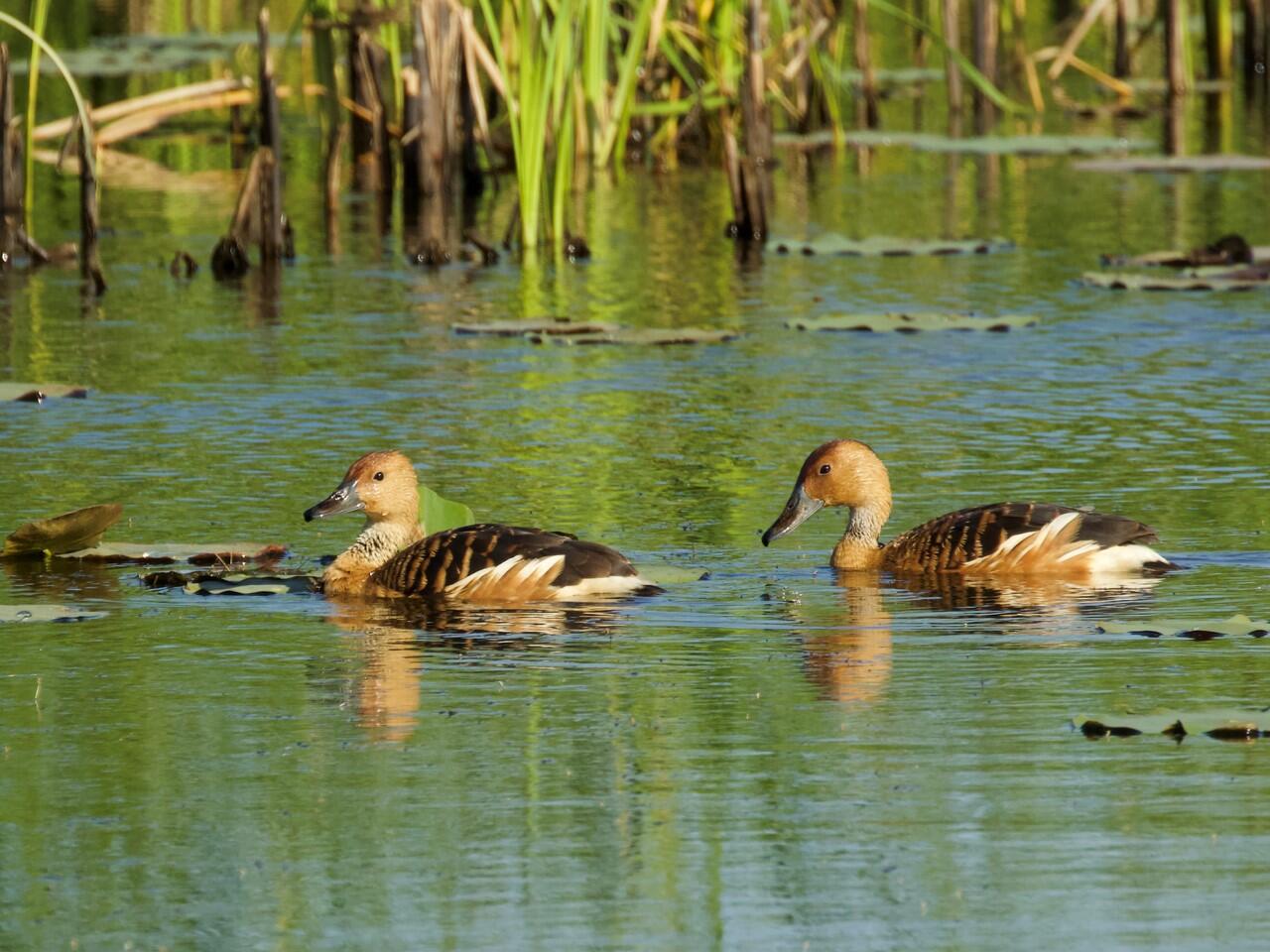
The main reason that I travel to the Texas coast in the spring is the opportunity to see and photograph the countless numbers of colorful eastern songbirds migrating through the area. The key to maximizing the birding situation is to understand the timing of the bird flow across the gulf from the Yucatan Peninsula as the birds move north from Central and South America. During the course of springtime, concentrated during April, over 500 million birds gather on the peninsula to feed and charge their fat resources to fuel the 6-to-7-hundred-mile trip to the southern coast of the United States. They typically take flight near dusk and, depending on the weather over the water, arrive in mid to late afternoon. Challenging headwinds or weather will force them to land in concentrated numbers that produces a “fallout.” Nature has well-equipped the birds to make this flight and, under favorable conditions, they can fly over the coastline to the inland forests – leaving the behind disappointed bird enthusiasts.
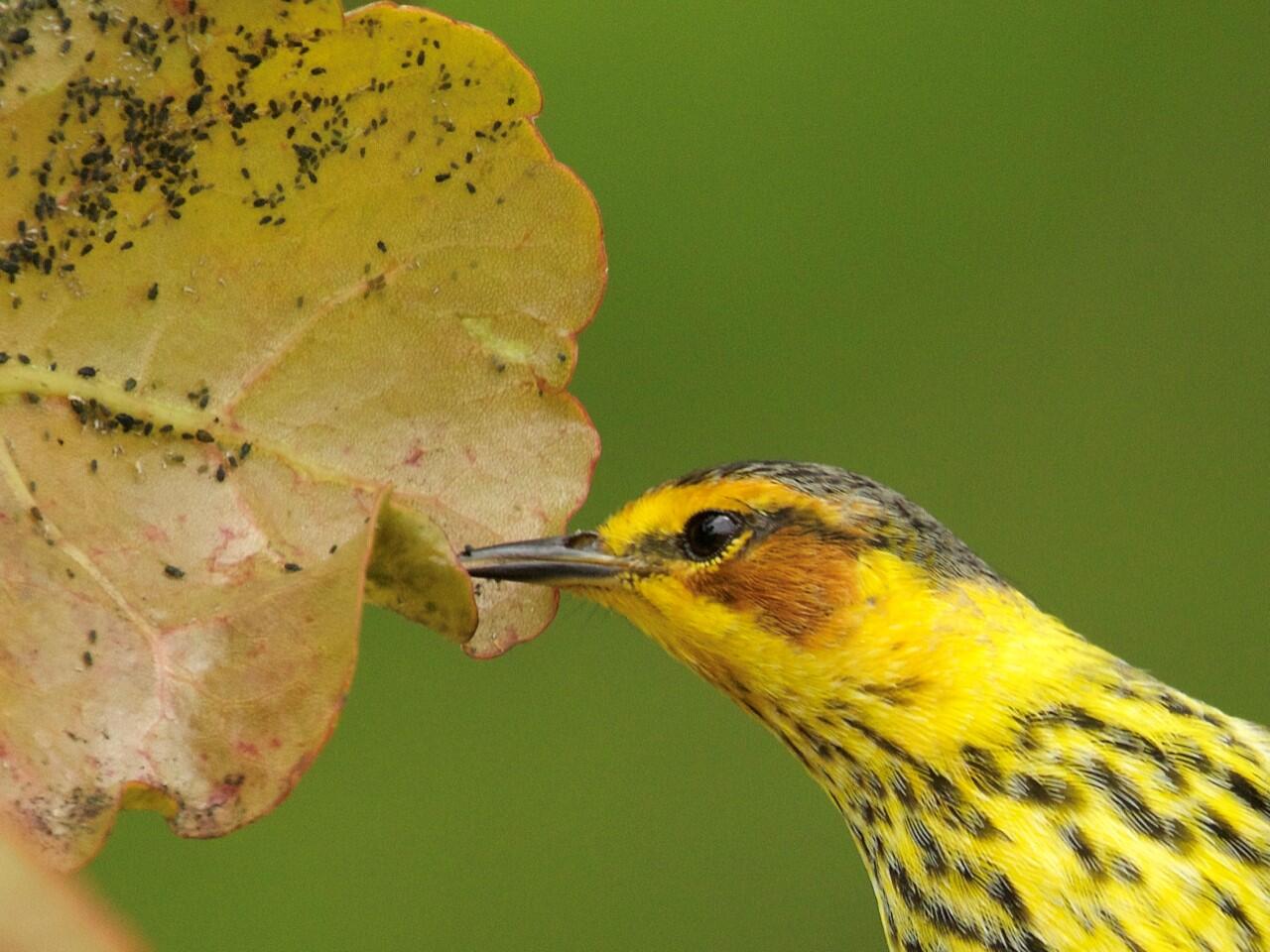
The daily arrival of these waves of birds can be quite unpredictable. Two factors affect the chances that there could be a goodly number of birds appearing on the coast. The first is whether there are challenging conditions over the water that will tire the birds and cause them to land. But, of course, birds must have become airborne the previous evening. As described to me by local birding veterans, one can gain useful information by using a weather app to determine the wind direction over the Yucatan for any given evening. From experience they have concluded that the migrating birds are disposed to take flight when the winds are from the south or southeast. Combine these two conditions and the chances of afternoon activity along the coast should be increased.
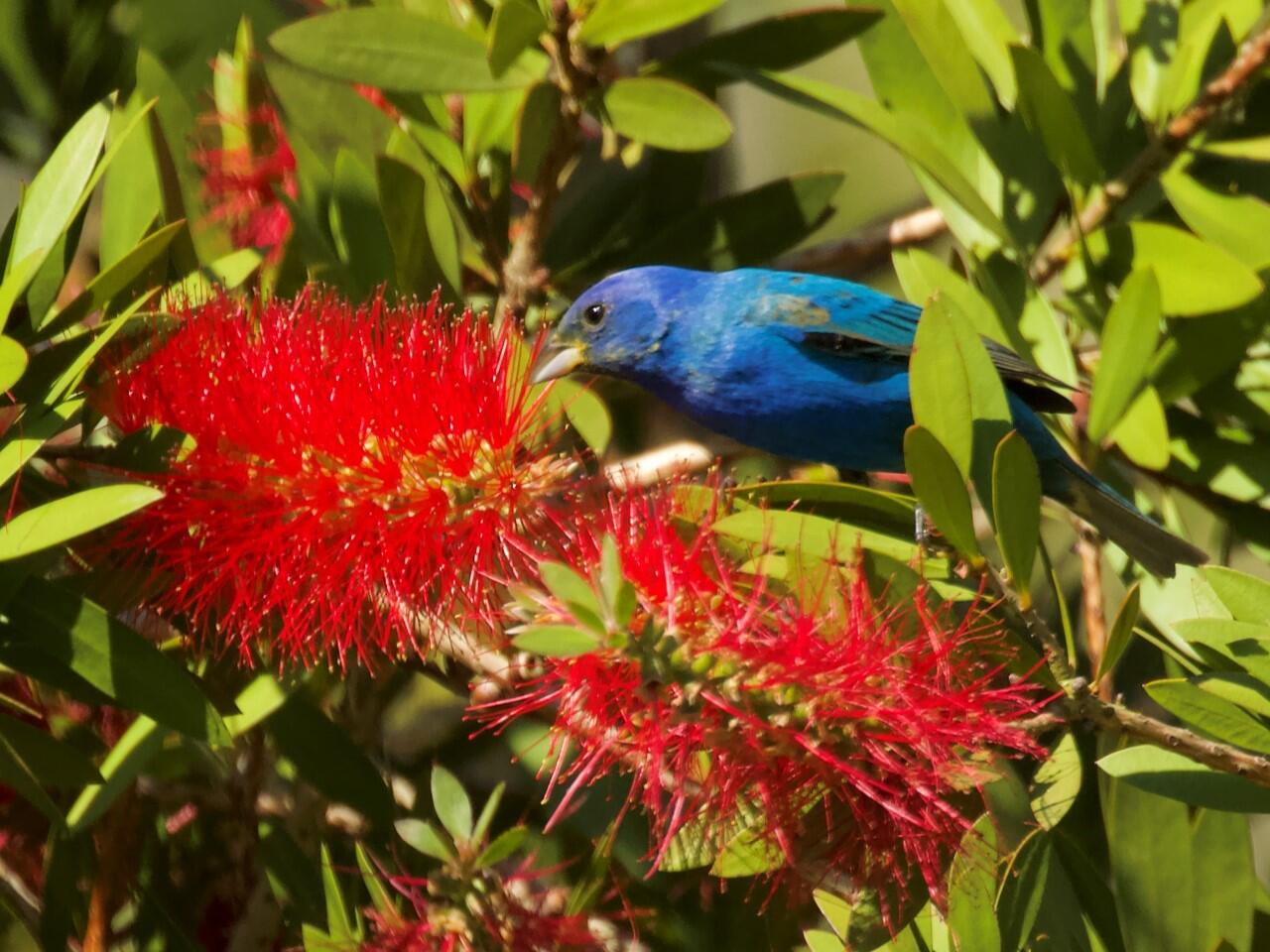
Once the birds arrive along the coast, they must find food and water to replenish their energy for what will be an extended journey to their nesting grounds. The photos shown here reveal the sorts of habitat that the migrants find along the coast to sate their appetite. The Cape May Warbler shown in the photo was found voraciously feeding on a mass of small insects on the underside of a leaf. This is the main course for any warbler landing along the coast, and why they are drawn to trees and other foliage. This particular warbler remained in that tree for two days and must have become a celebrity given the vast numbers of photos that were taken at close range. The songbird migrants can also be drawn to flowering plants, which may be a source of nectar or the insects also found there. This is the case for the Indigo Bunting that was photographed outside Boy Scout Woods at High Island.
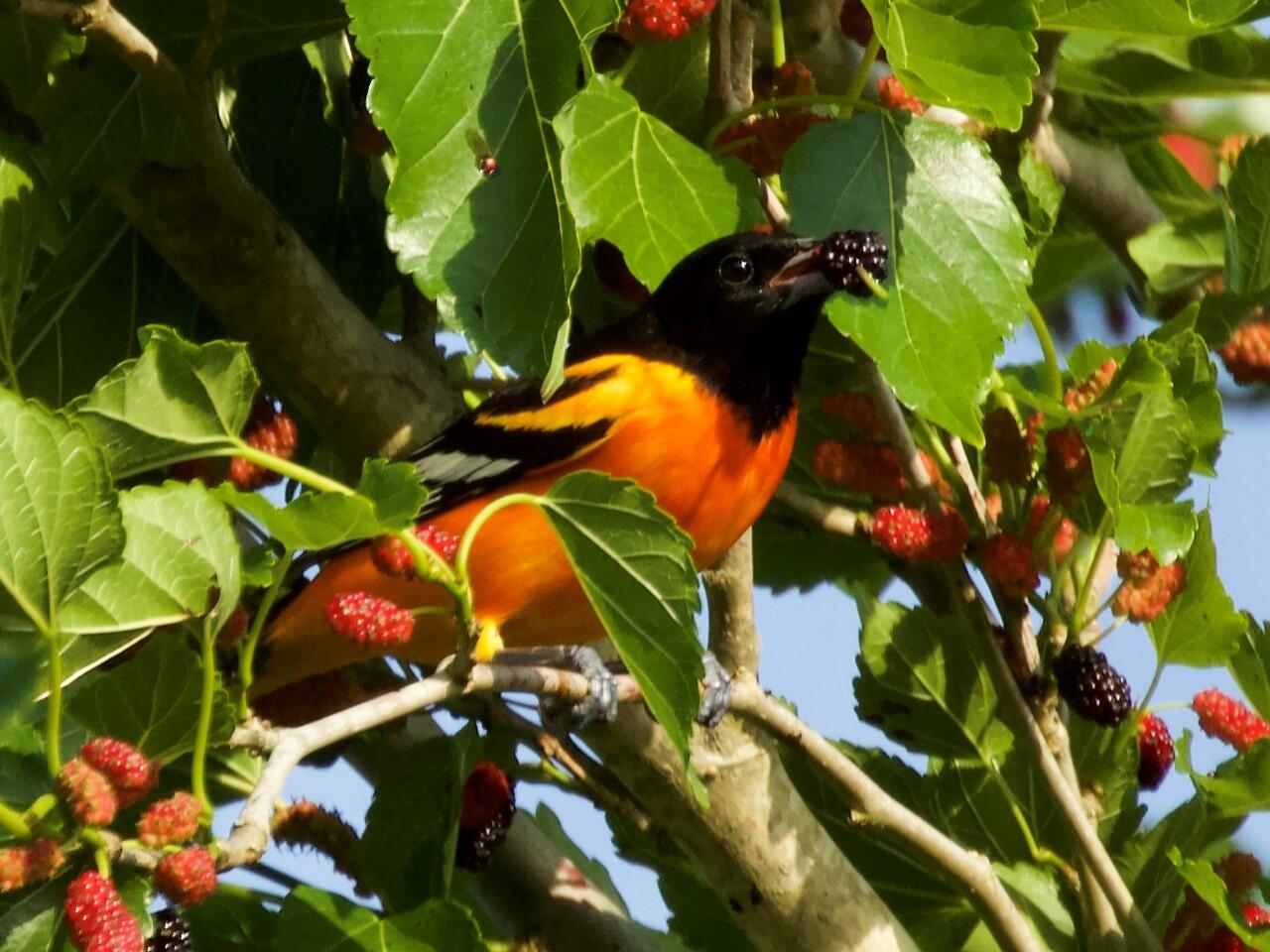
There is no doubt that fruit is a staple for the Baltimore Oriole shown in the photo taken at Sabine Woods Sanctuary outside Beaumont, TX. Orioles and tanagers are strongly attracted to the many Mulberry Trees along the coast.
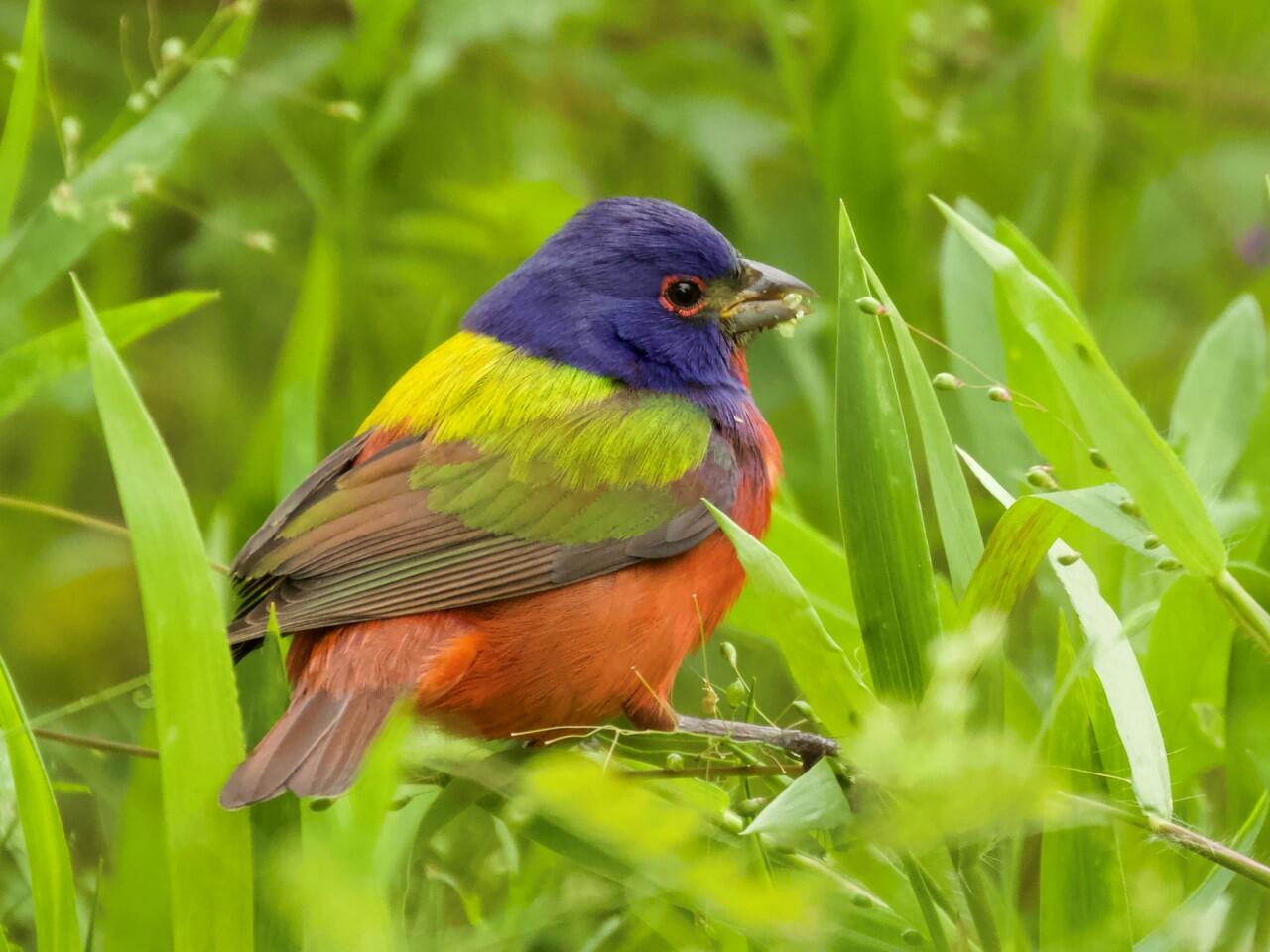
Lastly, on this theme, is the Painted Bunting at Sabine Woods that harvests the seedlings atop the ground cover there.
Finally, the other common denominator for these new-arrival songbirds is their need for water – especially including a bath. Sabine Woods maintains several water features, which as we saw at South Llano River State Park in the previous article, give spectacular chances for bird photography. Many of the warbler species are exceedingly difficult to photograph – or even find – in their nesting area. But along the gulf coast after a night-long flight, they often expose themselves at these water sources. Two well-known skulking warblers, the Kentucky and Worm-eating Warblers, can make themselves quite available, as seen in the two photos.
Depending on the time of day, the bird activity can be quite spectacular at Sabine Woods, even offering a more communal bird bathing opportunity. The last photo shows an extended view of the largest birdbath at Sabine Woods.
Here you see three Indigo Buntings on the left (one female) and two Orchard Orioles (left an immature male, right a mature male). What you don’t see are the large number of birders behind the camera! That is quite a grand finale for this version of the cyber-tour.

